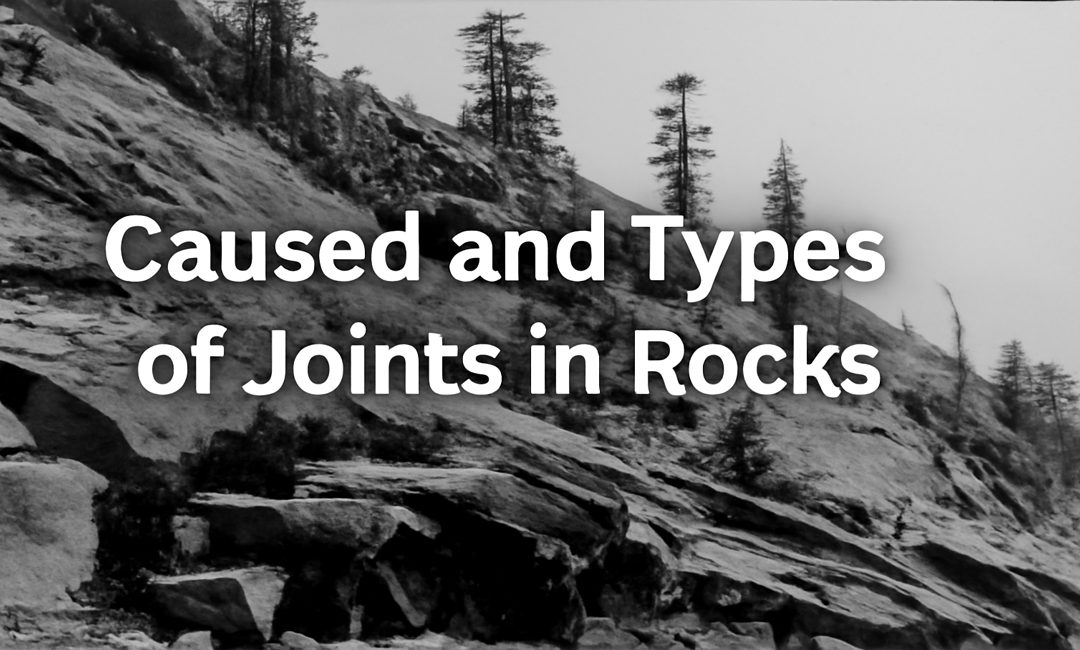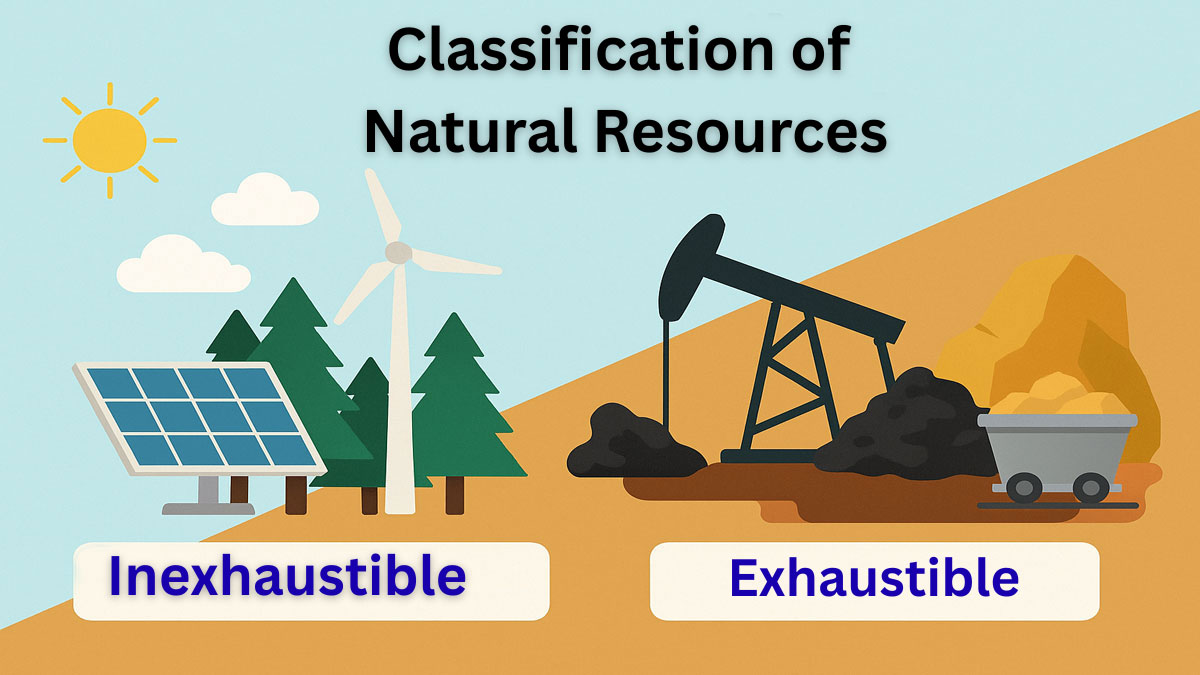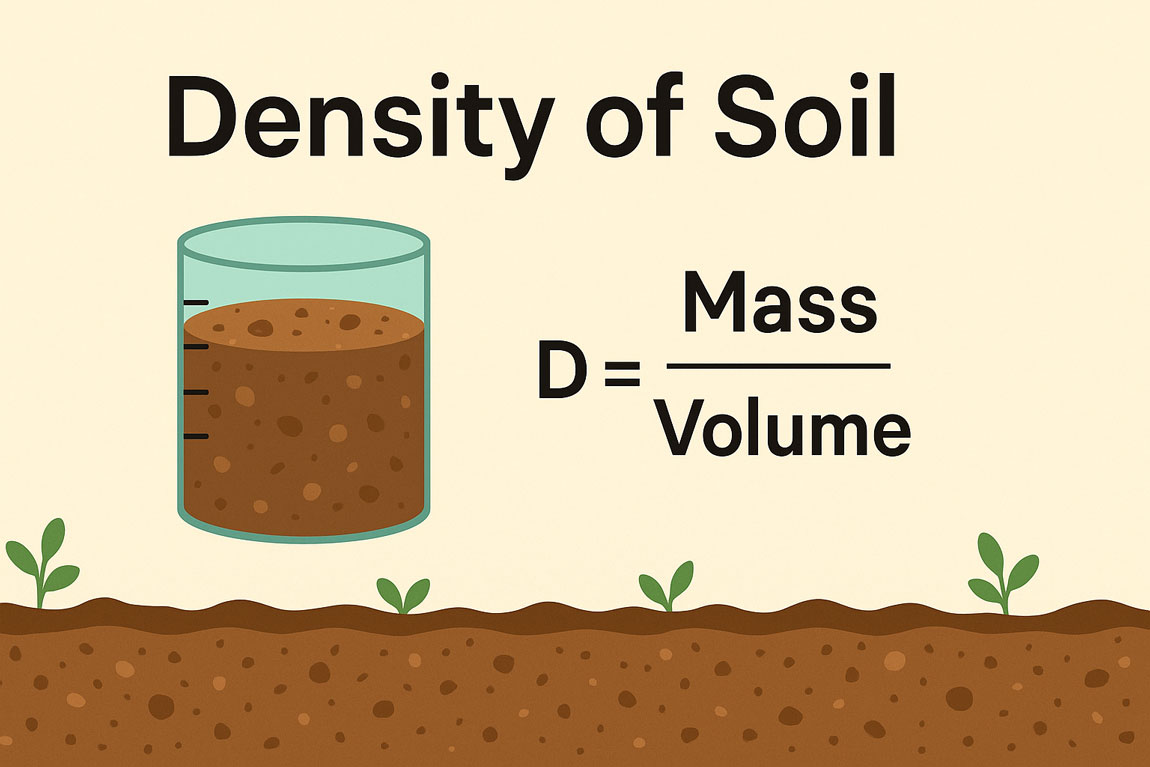Joints are natural cracks or fractures in rocks that form when stress exceeds the rock’s strength. Unlike faults, they show little or no movement along the fracture. Joints typically appear in sets with regular patterns and result from factors like rock type, stress direction, and layer thickness. Tectonic forces, erosion, or cooling can cause them.
Causes of Joints:
Because rock structures result from stresses, a rock will eventually fracture if stress surpasses its strength. Joints are fractures that show regularity and continuity with each other or other elements within the rock mass.
Typically, joints exhibit little or no lateral movement across their surfaces, which distinguishes them from faults. Their regular shape depends on the mechanical properties of the rock or the thickness of the rock layers involved.
Joints usually occur in groups or sets, where each set arranges individual joints sub-parallel to one another. Many geological environments show these formations, reflecting how solid, brittle rock responds to tensile stress.
Joints develop in solid, hard rock when tensile stress exceeds its brittle strength and causes it to break. When stress crosses this threshold, the rock fractures along planes parallel to the maximum principal stress and perpendicular to the minimum principal stress—the direction pulling the rock apart.
This process produces a set of sub-parallel joints. Continued deformation can generate additional joint sets. The first joint set often changes the stress field within the rock layer.
That change can lead to new joint sets forming at high angles to the original ones. These sets usually maintain fairly constant spacing proportional to the thickness of the rock layer.
Genetic Types of Joints in Rocks:
Geologists classify joints based on how they form, with each type reflecting specific geological conditions and stress regimes:
Tectonic Joints:
These joints form during episodes of rock deformation, typically when differential stress causes tensile failure in the rock. They occur in various tectonic settings and relate to regional stress fields and deformation patterns.
Unloading Joints:
These form when erosion removes overlying rock layers, significantly reducing compressive load on the rock below. The reduced pressure allows the underlying rock to expand laterally, creating fractures. Such joints often appear near the surface in exhumed rock bodies.
Exfoliation Joints:
A special type of unloading joints, exfoliation joints develop parallel to the current land surface, especially in rocks with high compressive strength. They appear as curved or sheet-like fractures and commonly occur in granitic terrains.
Cooling Joints:
These joints develop as hot rock masses cool and solidify, particularly in lava flows. As the lava cools and contracts, vertical, columnar fractures form. These features often appear in basaltic lava and create polygonal joint patterns.






